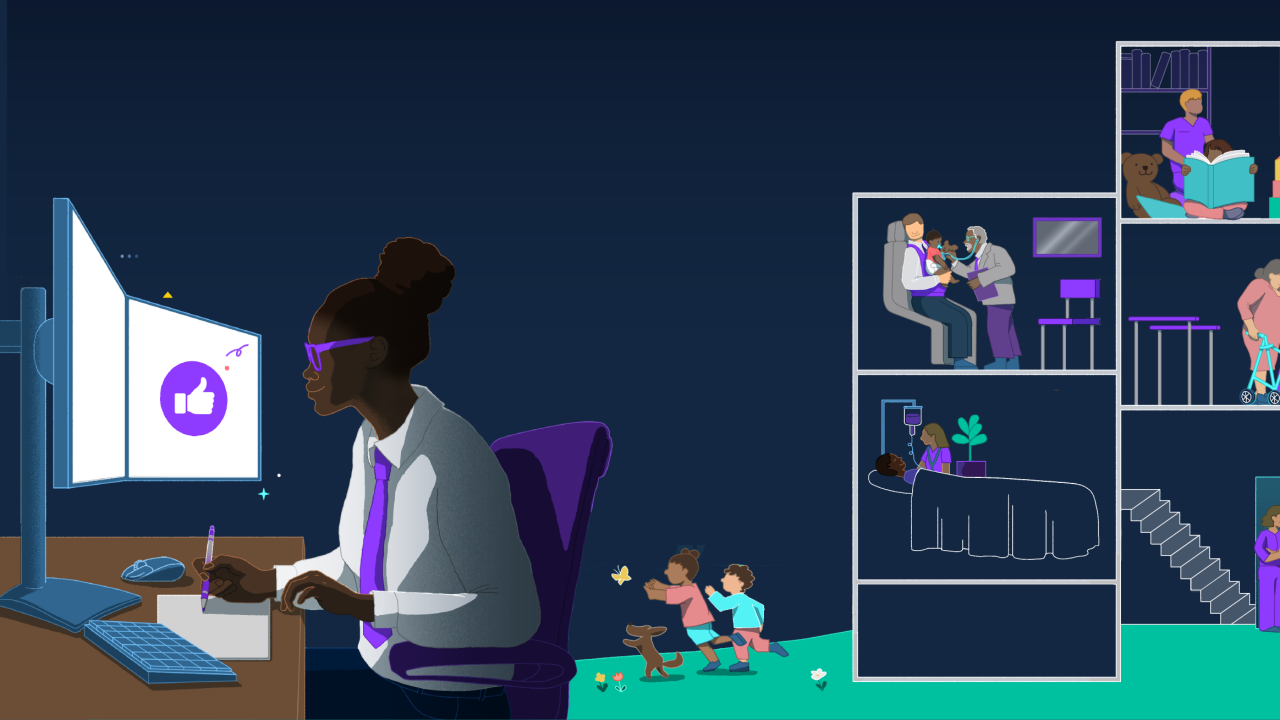The 2025 healthcare landscape is being shaped by a
According to
Read more:
However, their high monthly costs — ranging from $1,000 to $1,500 — are placing
"There's no debating that GLP-1 medications have a ton of great proven outcomes for people with diabetes and people with obesity," Kristin Hall, VP of clinical programs and patient experience at Apree Health, a healthcare navigation company,
Healthcare costs on the rise
These expenses are aligned with overall healthcare cost increases — CBIZ's report predicts a 5.8% increase in 2025, marking the third consecutive year of above-5% growth. Analysis from Mercer points to this uptick being driven by broader inflation in medical services, higher utilization rates, and the rising cost of new therapies like GLP-1s. To manage these increases, employers are deploying a range of strategies, including higher employee premiums and deductibles, as well as self-insured funding models.
Still, employers are invested in
Read more:
A move toward personalization is also evident, as employers tailor benefits to meet the needs of a multigenerational workforce. Flexible, "choose-your-own" benefits packages are becoming the norm, addressing distinct life-stage needs such as student loan repayment for younger workers and eldercare support or retirement planning for older staff.
"In an era where workplaces host a blend of generations, the dynamics of employee needs and expectations have evolved significantly," Abhishek Shah, founder and CEO of Testlify, previously shared with EBN. "HR and benefits leaders face the challenge of tailoring benefits programs that resonate with the diverse perspectives, experiences and preferences of the four generations coexisting in today's workforce."
Tech and healthcare merge
Technology is another force
Read more:
Finally, regulatory changes are compelling employers to embrace greater transparency and accountability in their benefits communications. New compliance standards are reinforcing the need for clear, accessible information about plan design and cost, which in turn helps foster trust and improve benefits engagement.
Today, benefit managers are operating amid a healthcare environment in flux — where innovation, cost management, employee well-being, and strategic adaptability are redefining how benefits are structured and delivered in 2025.






